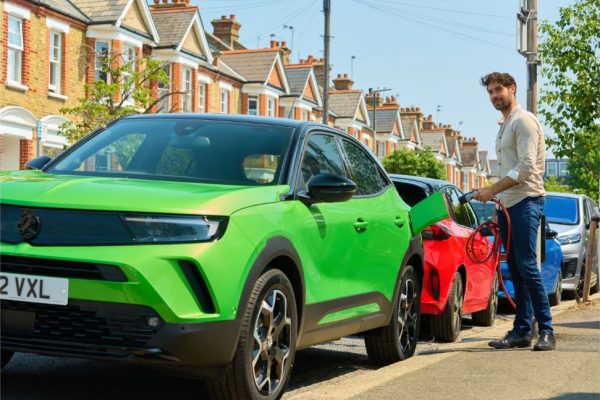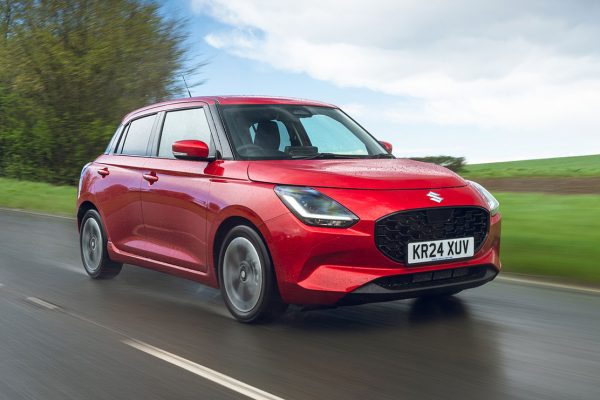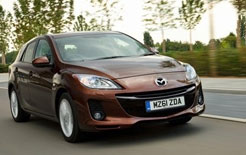
Story: CAROLINE HOLMES, IAM
Getting a new car, whether it’s brand new or new to you, is an exciting time. It’s also an expensive time, so the last thing you want is to pick a dud.
Cars that are used, but with relatively low mileage, are excellent value if you buy with care. Company cars that were leased when they were new, for example, have usually been well maintained and lease agreements commonly set a limit on mileage.
So if you’re planning to buy a modern used car, keep in mind the following advice.
You’ll probably have a make and model in mind. Take a look at residual values for cars because they vary a great deal. German makes typically have high second hand values. But as a second hand buyer you should bear in mind that they can also be expensive to maintain. Reliable yes, but when they do go wrong the parts can be costly.
-
There’s plenty of information available about cars now – you just have to look for it
Same applies to the specification. Electronics are often the bits that fail first, and again they can be expensive to fix. So a lower spec car, with fewer gadgets, might not feel so good, but can make a more sensible second hand buy.
Having made a shortlist of what you want to see, before you leave the house to view a car, do the research. A great deal of information about cars is now recorded so with a little persistence it is much easier than it used to be to see if a car is ‘genuine’.
Start off by visiting the RAC vehicle review database on the RAC’s website. Print the report for the car you’re checking out and take it with you to check the items listed in “What to look for”.
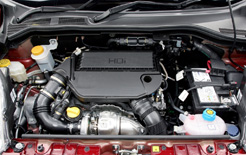
Modern engines are very efficient, but proper maintenance is essential to keep them that way. Ask for the service history and look through it carefully. If a service is due, or even slightly overdue, that’s not a problem as long as the previous ones have been done on time.
Just as important as ensuring that the car has been properly maintained is the ‘history’ that the service record represents.
Check that the mileage is genuine via the service book – a missing history is often a sign that the car has been clocked. Most new cars will be serviced through the dealership and they will keep computerised records of the work they’ve done. So even if the car’s paper service history is missing it is usually possible to check with the dealer network to find out if the mileage shown on the car stacks up with the service history.
It’s also worth checking to see if a particularly expensive service is due – sometimes major work is needed at set mileages and that can cost much more than a standard service.
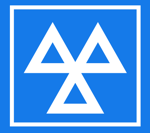
For cars over three years old, the MOT record at direct.gov.uk/ also gives a mileage and full MOT history. If the service record is seriously incomplete or missing, and the information is proving difficult to find, walk away because it probably means that something is wrong.
Check the lights on the dashboard; ABS, traction control, and airbags amongst other features, all have dashboard warning lights. Make sure they come on when you turn on the ignition. They will light up for a few seconds as each system checks itself, then go out, so you may need to turn the ignition on and off a few times before you spot them all.
Don’t let the seller hurry you – it will do no harm to the car. A few lights will remain on until the engine is started, but after that, a light means a problem. Don’t be fobbed off with “they all do that” or “that’s normal” – the car has a fault.
The engine should start easily, hot or cold, petrol or diesel. Listen carefully for the first few seconds – any brief knocks or rattles mean trouble. If you can hear anything inside the car other than a smooth hum, there’s a problem.
White vapour from a cold petrol engine is quite normal provided it disappears as the temperature rises, but white smoke from a warmed- up diesel isn’t. Neither is black smoke on heavy acceleration or blue smoke at any time – from petrol or diesel. This will be most noticeable when the engine is warm, so check it after you’ve finished your road test, before you switch off.
On the road test check the suspension by listening for rattles or clunks over rough roads. Check the gear-change smoothness, make sure the car steers straight ahead without wandering and check that the brakes stop the car squarely, without pulling to one side. Try stopping at different rates – gently and rapidly.
-
If the price isn’t right, or you don’t trust the information you’ve been given, walk away
The engine should never stall as the car stops, nor should the revs drop very low then pick up to the right idle speed.
Once you’ve chosen the car, spend a few pounds to check its history on the RAC’s vehicle database. You’ll see whether it’s ever been an insurance write-off, stolen, or if there is any outstanding finance.
Buying a used car for your business mileage and private use can work if you do your homework. And if you’ve got the cash to buy outright it can work for your company car finance.
But ultimately if the price isn’t right, you don’t trust the information you’re given, or you’re not sure about the car, walk away. If you have any doubts go home and sleep on it – there are thousands more cars out there.




